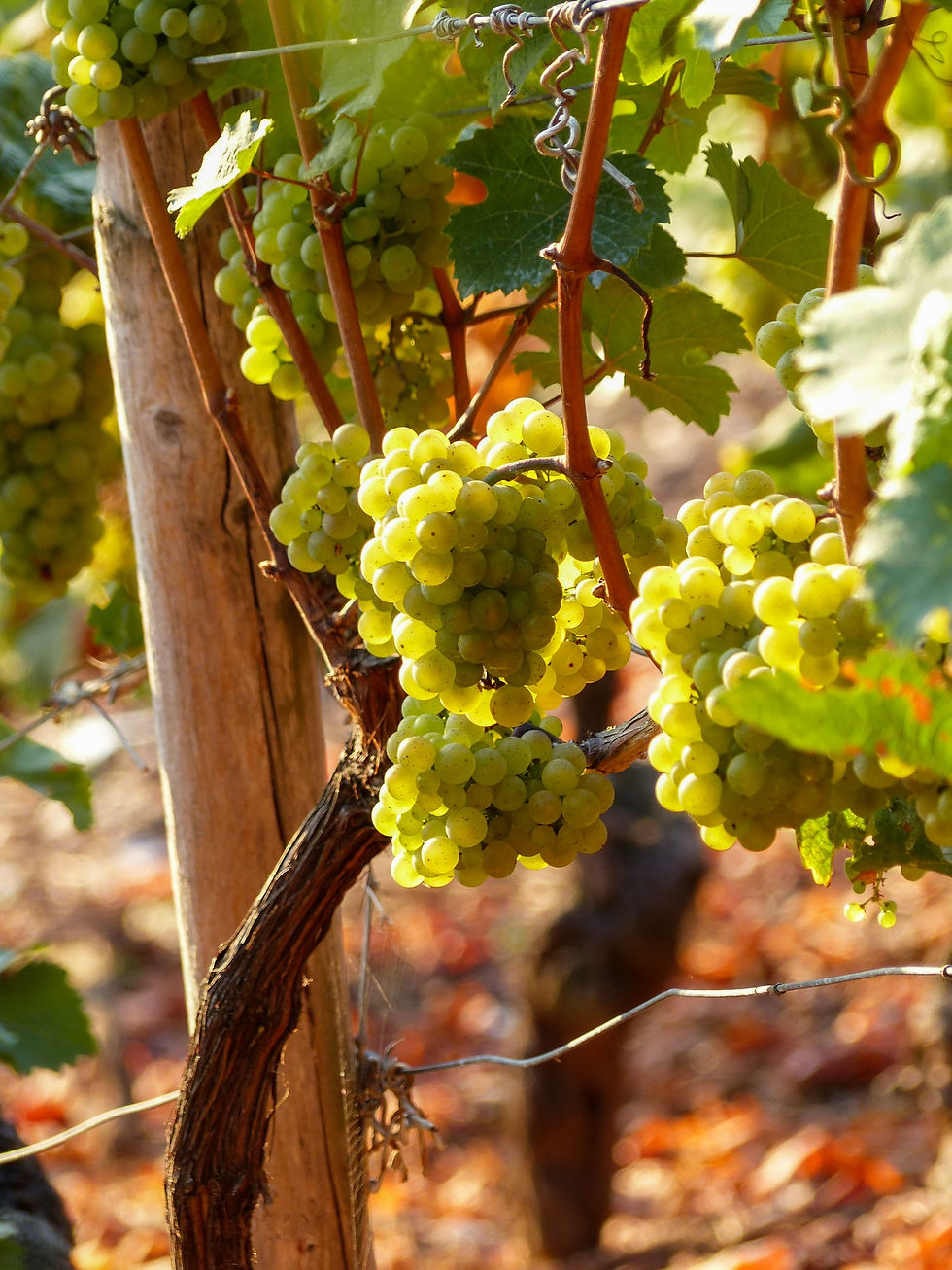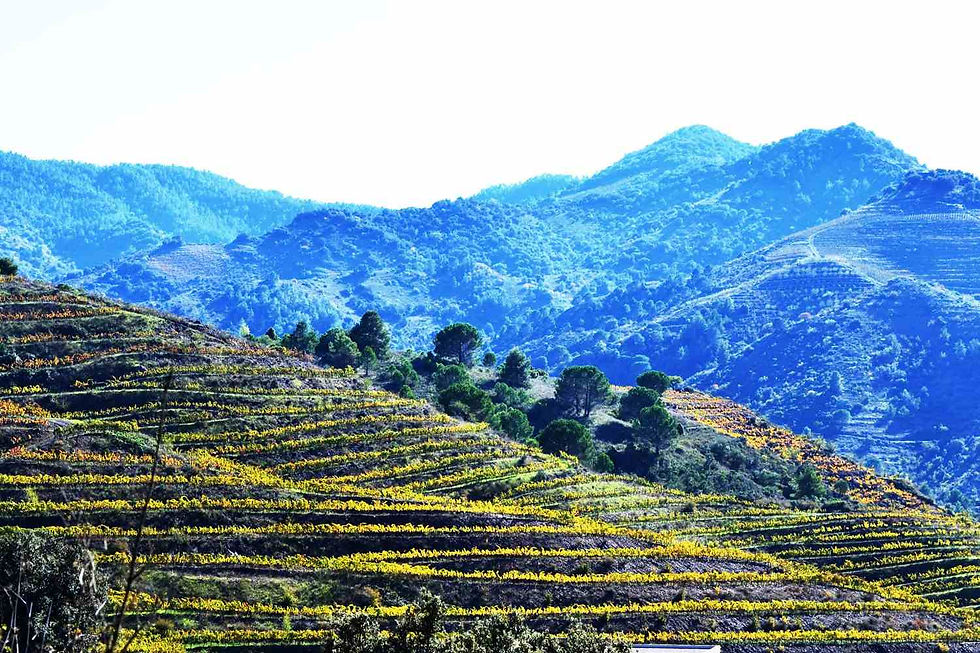All About Riesling
- Wine Hobbyist
- Apr 30, 2023
- 3 min read
Did you know we're doing a deep dive Ontario Riesling Seminar? Check our Spring Into Spice events listing.

Riesling is a white grape variety that is widely regarded as one of the world's greatest wine grapes. It is grown in many regions around the world, but its spiritual home is in Germany, where it has been cultivated for centuries. In this blog post, we will explore the history, characteristics, and versatility of Riesling.
History of Riesling
The origins of Riesling are somewhat unclear, but it is believed to have originated in the Rhine region of Germany, where it has been grown for over 600 years. The first written record of Riesling dates back to 1435, when it was mentioned in a document from the town of Rüsselsheim.
Over time, Riesling became popular throughout Germany, and by the 19th century, it had become the most widely planted grape variety in the country. It was also exported to other countries, including France and the United States, where it gained a following among wine enthusiasts.
Characteristics of Riesling
Riesling is a highly aromatic grape variety that is known for its floral, and fruity aromas, which can range from lime and lemon to peach and apricot. It is also known for its high acidity, and minerality, which gives it a crisp, refreshing taste.
Riesling is a versatile grape that can be used to make a range of different styles of wine, from dry and mineral to sweet and honeyed. It is also an excellent grape for producing dessert wines, such as Eiswein and Trockenbeerenauslese.
Riesling Around the World
Riesling is grown in many regions around the world, including Germany, France, Austria, Australia, New Zealand, the United States, and Canada. In Germany, Riesling is grown in many different regions, including the Mosel, Rheingau, and Pfalz, where it produces some of the world's finest and most sought-after wines.
In France, Riesling is grown primarily in the Alsace region, where it is used to produce dry, mineral wines that are known for their complexity and elegance. In Austria, Riesling is grown in the Wachau region, where it produces wines that are rich and full-bodied, with a distinctive mineral character.
In the New World, Riesling is grown primarily in Australia and New Zealand, where it is used to produce a range of different styles of wine, from dry and crisp to sweet and honeyed. In the United States, Riesling is grown primarily in Washington State and New York, where it produces wines that are known for their bright acidity and citrusy flavors.
In Canada, and in particular the Niagara Peninsula region of Ontario, producers are known for producing Riesling wines that are crisp, clean, and mineral-driven, with flavours of green apple, lime, and peach. The Niagara Peninsula's cool climate and mineral-rich soils provide ideal growing conditions for Riesling.
If you want to dig into Ontario Riesling, join us at Spring Into Spice 2023 and signup for our deep dive Riesling seminar.
Conclusion
Riesling is a grape variety that has been cherished for centuries for its aromatic, fruity, and versatile character. It is grown in many regions around the world and is used to produce a wide range of different styles of wine. Whether you prefer dry and mineral or sweet and honeyed, there is a Riesling out there for everyone to enjoy. So next time you're looking for a refreshing and complex wine, consider giving Riesling a try!



Comments